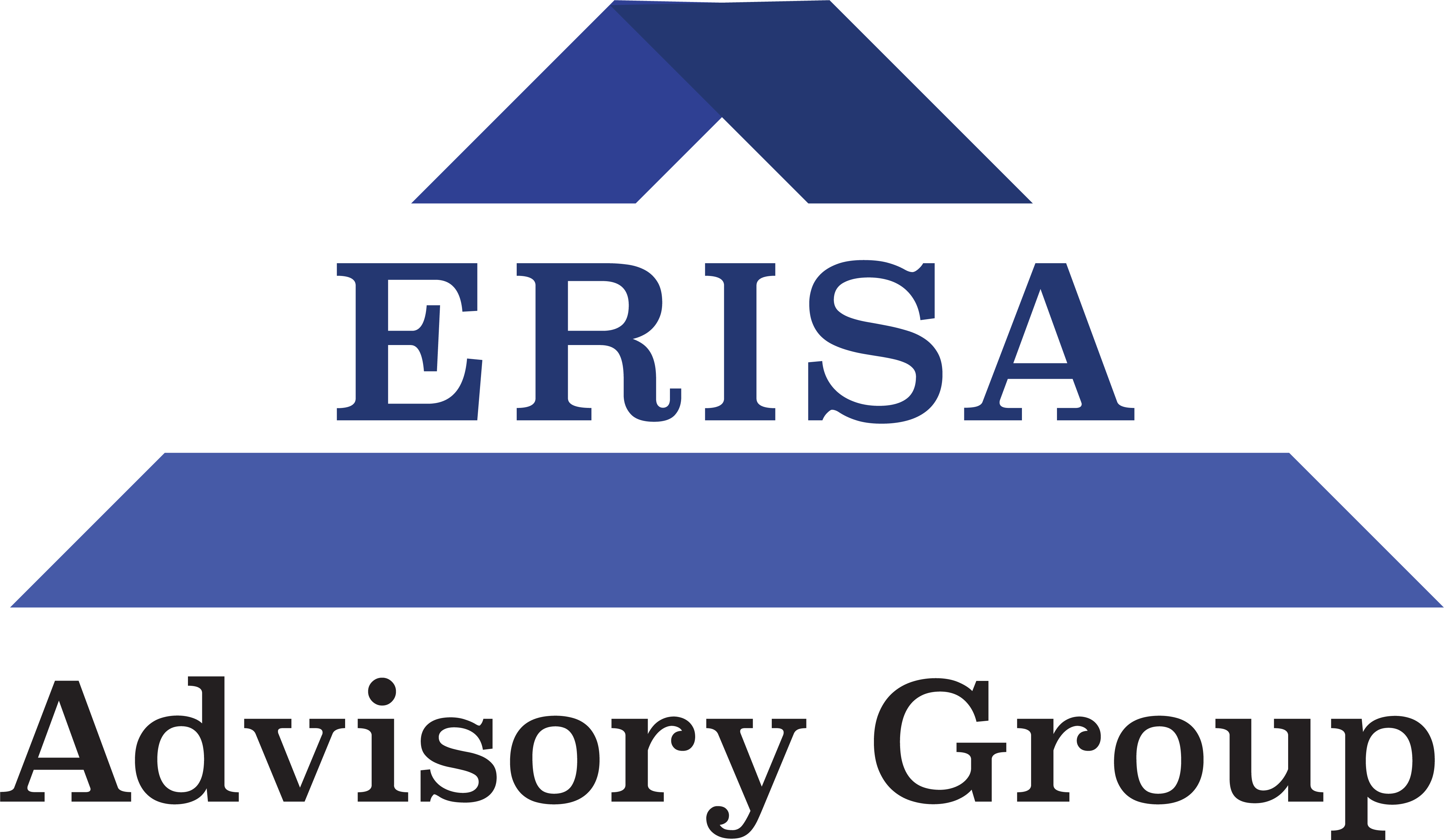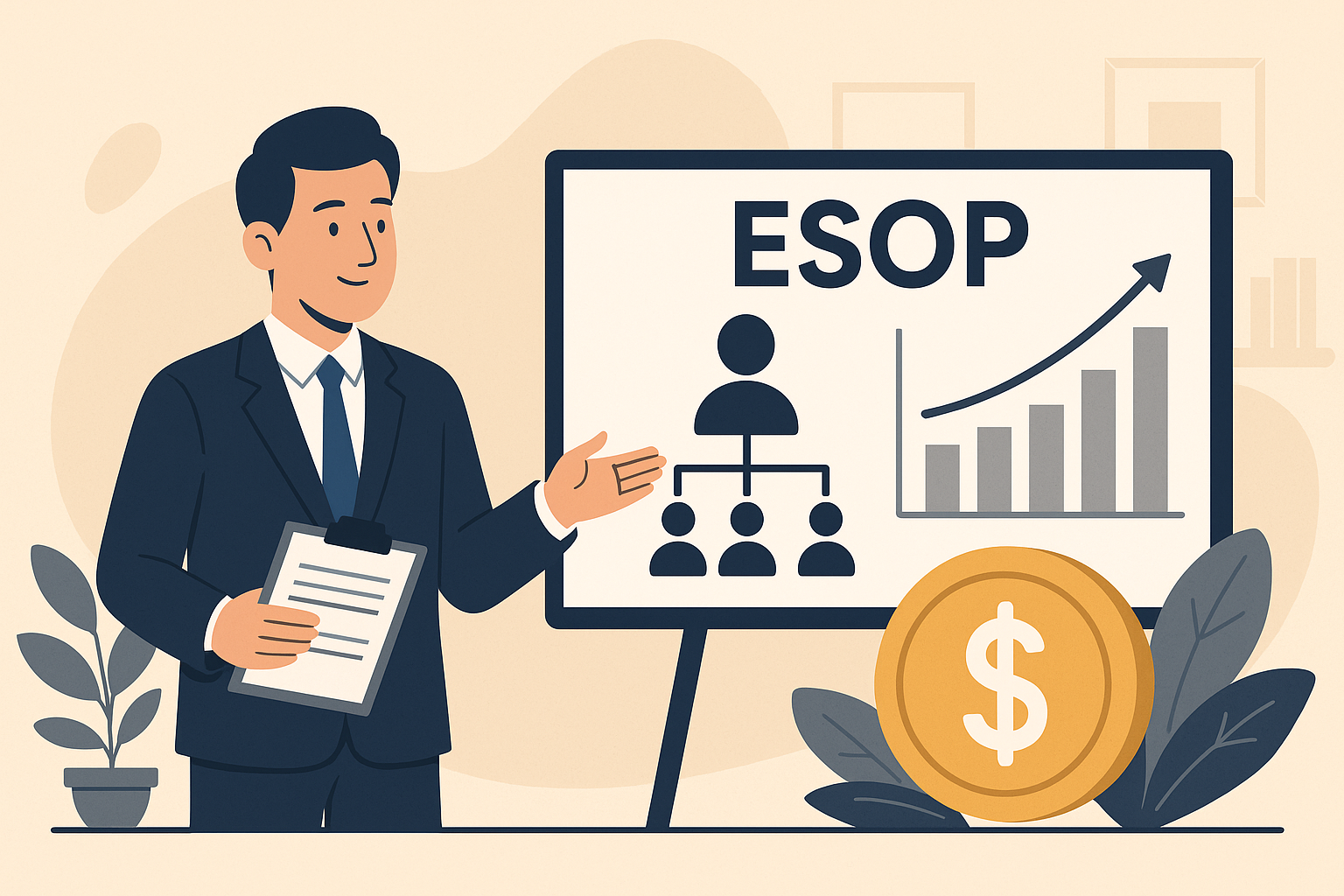Creating an Employee Stock Ownership Plan (ESOP) can be a powerful strategy for business owners looking to reward key employees, establish succession planning, or prepare for retirement. However, the ESOP process involves several steps, critical decisions, and key players.
Here’s a practical overview of the ESOP journey—what to expect, whom to involve, and the questions to ask along the way.
Conducting an Internal Feasibility Assessment
Key Question: Is an ESOP realistic for me and my company right now?
Before launching into a full ESOP process, owners must evaluate whether this structure fits their current business model and future goals. This internal assessment should include:
- Reviewing financial models and future forecasts
- Evaluating the potential tax advantages
- Analyzing the readiness and composition of the employee base
Business owners often engage ESOP consultants, CPAs, and financial and legal advisors to help decide whether an ESOP is the right choice now.
Engaging an Independent ESOP Trustee
With a preliminary valuation in hand, the next critical step is to hire an independent ESOP Trustee. Under Title I of ERISA (the federal law governing employee benefit plans), the Trustee represents the interests of employee participants in the ESOP.
Their role includes:
- Conducting due diligence to ensure the transaction is fair to employees
- Choosing legal and valuation professionals to be a part of the trustee team that will validate pricing and terms
- Negotiating on behalf of the ESOP to ensure fiduciary obligations are met
Determining the Business Valuation
Once a business owner hires the independent Trustee, the Trustee will engage an independent valuation firm. The valuation firm is critical to the Trustee as they will determine a range of fair market value of the company. The valuation firm works and reports directly to the Trustee and does not share any of the information with the business owner. While the Independent Trustee chooses which legal and valuation firms to use, the business owner is responsible for paying for these associated costs.
The valuation experts will:
- Analyze the company’s historical and projected financial performance
- Assess business growth potential
- Identify any risks or red flags
This valuation provides the foundation for determining how much the ESOP will pay for company shares.
Structuring the ESOP Transaction
Key Decision: How will the ESOP acquire company shares?
The structure of the transaction can vary based on goals, timeline, and financing options. Two common structures include:
- Leveraged ESOP: The ESOP borrows money to purchase shares
- Non-leveraged ESOP: The ESOP uses company contributions to fund purchases over time
The seller’s financial advisor and legal counsel will work closely with the seller to define the optimal structure for the transaction. It is then the responsibility of the Independent Trustee and their team to determine if the structure and the terms are fair to the participants of the ESOP.
Arranging ESOP Financing
If a leveraged ESOP is chosen, securing financing is the next step. Funding may come from one or a combination of the following:
- Third-party loans (e.g., from a bank)
- Seller financing (the owner takes notes and will receive their money over time at a stated interest rate.)
- Internal cash reserves
The financing strategy should align with the company’s cash flow, growth projections, and long-term ESOP goals. Advisors and lenders with ESOP experience are key partners at this stage.
Finalizing the ESOP Transaction
Once all parties agree on terms, valuation, and financing, the transaction moves to closing. This final step involves:
- Executing legal documents and loan agreements
- Transferring shares to the ESOP trust
- Finalizing ownership changes
After closing, the ESOP becomes the new shareholder, and the Trustee ensures all legal and fiduciary requirements have been satisfied.
Ongoing Administration and Governance
Although the transaction is complete, the ESOP Trustee often continues to be involved in the plan’s administration. This includes:
- Overseeing annual valuations
- Managing the allocation of shares to employee accounts
- Ensuring compliance with Department of Labor (DOL) regulations
In short, the ESOP is not just a one-time event; it’s an ongoing employee benefit plan that requires strategic stewardship.
Conclusion
Implementing an ESOP is a multi-faceted process that demands careful planning, expert advice, and collaboration among stakeholders. For business owners, it can be a meaningful way to reward employees, preserve legacy, and secure a structured transition plan.
If you’re considering an ESOP, start by surrounding yourself with trusted professionals who can help you assess feasibility, define your goals, and guide you every step of the way.

